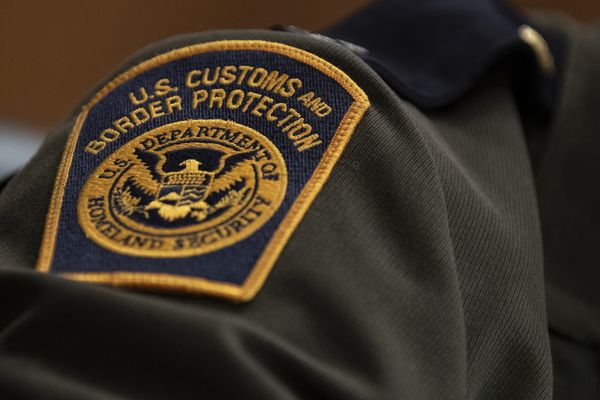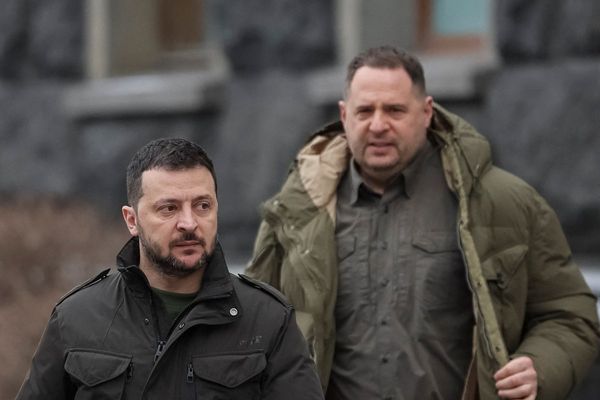Dramatic accounts of how an army helicopter codenamed Angel 21 started a fire in the Orroral valley in January 2020 during a toilet stop, have emerged from the first day of evidence in the coronial into the disaster.
The fire burned nearly 90,000 hectares of the ACT, also burning into the Clear Range in New South Wales, laying waste to farmland along the way.
Counsel Assisting the Coroner Kylie Nomchong told the court the fire started about 1:30pm on January 27 and by 2:25pm it had burned 20 hectares.
She said by later that afternoon, it had burned more than 1,000 hectares and was out of control, and by soon after 6pm, it had burned 18,000 hectares.
It was not put out for five weeks.
On Monday, the court listened to recordings of the crew of the helicopter Angel 21 in the lead-up to the landing and immediately afterwards.
One of the pilots described what he saw as he lifted off the ground.
"The downwash basically worked like a blow torch," he said.
'Come up, come up. We've started a fire'
The crew of the chopper had been part of Operation Bushfire Assist, in which the Commonwealth was providing resources for the ACT to monitor for fires during the tinder dry conditions in the 2019-2020 summer.
The court heard Angel 21 had been in the air for about two hours checking on the condition of helicopter landing pads, which might be needed if there was a fire, when there was an exchange between the crew members.
"What are the chances of a whiz break?" one of the crew can be heard asking in the recording.
The Coroner's Court heard it was the decision of another officer to land, but that the pilot flying that day, who gave evidence on Monday, had done a risk assessment and found it to be safe.
But moments later on the ground, a voice is heard saying:
"Come up, come up. We've started a fire. We've started a fire. Turn the search light out."
When asked about the long grass, the pilot said he had not seen it.
The army has admitted it was a light on the helicopter that sparked the fire in the extreme weather conditions that day, and it was revealed some time ago that the unscheduled stop was for a crew break.
The pilot told the court that he knew the searchlight was hot, but was unaware that it could get to 550 degrees Celsius.
Two pilots who gave evidence on Monday said they had been using the searchlight to make sure other aircraft could see them in the smoky hazy conditions that summer.
The court also heard a recording of communications from a fire spotter in a tower nearby, who reported the fire almost immediately.
In his first call he described a column of smoke, and in a later call described it as grey and a bit orange.
Soon afterwards, the ACT's Emergency Services Agency (ESA) was receiving reports of smoke from residents on Canberra's southern fringe.
The fire was in an inaccessible area, but local authorities quickly dispatched 19 appliances and 13 aircraft, including water bombers.
It was to no avail.
Chopper couldn't communicate with ESA, court hears
The question before the inquiry is about communications, particularly between the army and the local ESA.
"There is a live issue in this inquiry as to when, if ever, the army told the ESA Angel 21 had ignited the fire," Ms Nomchong said.
She also said that included the manner in which the fire started and the coordinates of the fire.
The pilot was questioned on Monday about who could be contacted from the aircraft.
He told the court he did have contacts for the ESA officers and the communication systems on board did not provide for contacting them.
Ms Nomchong: "No one on Angel 21 could communicate with the liaison officers at ESA?".
Pilot: "Correct."
Ms Nomchong played several recordings of communications between the second pilot and air traffic controllers on the way back to Canberra in which he never mentioned the fire.
She asked him why he didn't say anything about how the helicopter had started a fire, or give the coordinates.
"My mind was on the safety of the crew and passengers," he said.
The pilot said he'd been concerned the helicopter had also caught fire and was damaged.
"I was contemplating what was going to happen on landing," he said.
"It was a life and death situation."
The coronial began in controversial circumstances.
Chief Minister Andrew Barr was against an inquiry, saying he didn't want a witch hunt.
On Monday Coroner Lorraine Walker opened the hearings saying the object was not to crucify anyone, but rather to make things safer for everyone.
The inquiry is expected to hear from 11 witnesses in total, including from some NSW residents.
Nine NSW residents had previously been excluded from the inquiry because Coroner Lorraine Walker believed her jurisdiction did not cover their interests across the border.
The was overturned by the Supreme Court earlier this year.
Editor's note 15/11/2022: The coronial inquiry has been put off until 2023, due to unforeseen circumstances which meant Chief Coroner Lorraine Walker was unavailable. The hearing was supposed to run for a week. A new date has yet to be set.







